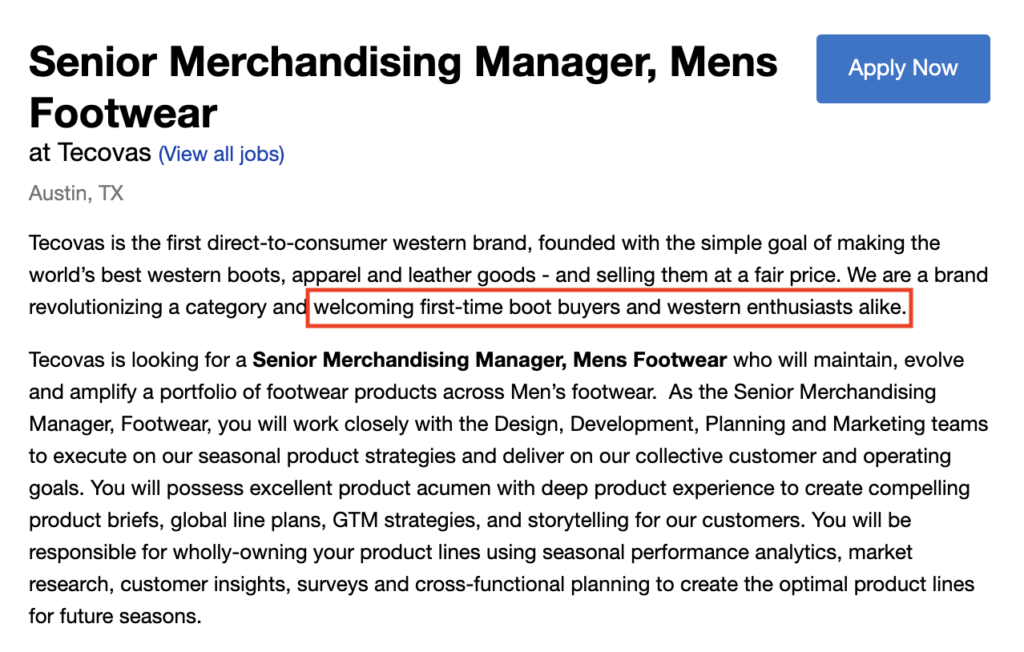How Far Back Should a Resume Go? Everything You Need to Know

With an uncertain job market, having a resume that stands out, is tailored to the job, and is well-put together has never been more critical. Here, we will guide you on how far back your resume should go when revising and editing it.
The guidance varies depending on your experience, what roles you’re applying to, and the types of jobs you would want.
Data shows that nearly one-quarter (24%) of hiring managers spend less than 30 seconds looking at a resume.
This means you should only include the more relevant information and job experiences to highlight why you’re the best fit for the job.
Here is our guide on how far back your resume should go.
How Far Back Should a Resume Go?
Should I include academic work?
How far back should a resume go?
Data shows the average resume is 489 words long, with 380 words being roughly the single-page resume cutoff point.
This means that you have to think critically about what to include and highlight relevant experience while tailoring the resume to the role you’re applying to.
So, how far back should your resume go? When is high school experience relevant? Gig work? It depends on the role and how much experience you have.
For Entry-Level Roles
When you’re applying to entry-level roles, your concern might not be having too much to add to your resume but instead not having enough.
For entry-level roles, you should include relevant coursework, internships, and volunteer opportunities that show your skills and what you’ve learned in these experiences.
This can also include positions in student organizations, babysitting experience, part-time and summer roles, and volunteering experiences that you have.
Hiring managers understand that you’re applying for an entry-level role, and this might be the first time you’re looking for a full-time position.
Here you can strengthen your resume with relevant experience and prove a willingness to learn and work.
For Mid-Level Roles
Mid-level roles generally require five years to 10 years of experience, depending on your job and industry. For mid-level roles, you add more experience and tailor your resume to the roles you want.
If you haven‘t already, you want to phase out your high school experience and focus on the more recent growth. You shouldn’t include every single experience you’ve had.
Rather, begin to tailor and cull your experience on your resume to show growth and relevant skills.
For Senior Roles
For senior-level roles, the rule of thumb here is to include your work experience from generally between 10 to 15 years. Your resume should be more tailored, meaning you shouldn’t list your high school job or even your first entry-level role.
When applying to managerial and leadership positions, you should show dedicated growth in your roles while also remembering that hiring managers will want to look at a tailored and focused resume.
Also, it’s important and relevant to note that when you don’t go …read more
Source:: HubSpot Blog

![→ Download Now: 12 Resume Templates [Free Download]](https://no-cache.hubspot.com/cta/default/53/4ec95757-585e-40cf-9189-6b3885074e98.png)








